Interview with Vaishali Shroff, Author of “Submerged Worlds and Other Amazing Stories of India’s Mighty Rivers”
Discover the hidden stories of India’s rivers in Submerged Worlds—a powerful call to reconnect, protect, and listen to our lifelines.on May 06, 2025
.jpg)
Frontlist: What inspired you to write Submerged Worlds and Other Amazing Stories of India’s Mighty Rivers? Was there a particular moment or story that sparked the idea?
Vaishali: We were on a trekking trip in Uttarakhand when I fell in love with rivers. I found myself writing poetry, sitting along riverbanks and sketching, drowning myself in their unadulterated music. I was beginning to warm myself to the idea of writing a book on rivers and was looking for stories and perspectives when I visited the Tehri Dam on the Bhagirathi River and saw the tip of the clock tower surface above the river. When I learned about the submerged villages and the displaced people from our driver who told us about his life before and after submergence, I couldn’t help but go on an investigative journey along many such rivers and seek stories about river ecosystems that are typically overlooked or invisible to us.
Frontlist: Your book blends historical, ecological, and cultural narratives about rivers. How did you approach the research process to bring such diverse elements together?
Vaishali: As a writer, I’m fully aware of my responsibilities when I’m bringing such stories to my readers. Since they may be entirely unfamiliar to most, I try to look for elements that the readers are familiar to begin each story with. Most of them are aware of the history and mythology behind the rivers. They act like icebreakers, making it easier for me to then breach the uncomfortable and unfamiliar aspects of the story, making them more palatable (hopefully!).
Frontlist: Out of all the rivers you wrote about, was there one whose story personally moved you the most? If so, why?
Vaishali: It’s so tough to pick any one because there are so many! Children of Rivers about tribes like the Majhis and Mallahs and Shompen whose lives depend on the rivers, Badlands but Good Waters about how the dacoits of Chambal turned to farming
once the river was revived, Submerged Worlds and Dammed but Not Drowned about lakhs of villagers who are displaced and continue to fight for their rights of being properly rehabilitated and resettled, A Murder Most Foul about the inhumane ways in which we treat our rivers, W for Water W for Women about river genders and the role of women in water management are some of the numerous stories that will force you to think about how we look at rivers and the ecosystems they support.
Frontlist: How do you make complex environmental issues like river interlinking, sand mining, or urban flooding accessible and engaging for young readers?
Vaishali: It’s not just the language that makes hard truths and complex concepts easy to understand for young or reluctant readers. I try to understand them as much as I possibly can so I can break it down to the atoms and molecules, give examples, draw analogies from things they may be familiar with, and use whatever other
tools and resources there are at my disposal to make the story as engaging and interesting as possible. I also speak with many people who are deeply involved with these issues—as experts or as those who have been affected by them—which helps to bring the ground realities to the fore. I also look for stories where current technologies and tools are being used to find solutions to these problems. For instance, Of Wills and Ways discusses how technology has been
used to map illegal sand mining in real-time and 955 mm 24 hours talks about how urban planners teamed up with the Kolis to clean the river and how technology has been used for mapping rivers and their flow across cities to mitigate floods. It’s important to connect history with contemporary stories.
Frontlist: How important is it for young readers in India to engage with books that focus on real-world issues like water crises and ecological balance?
Vaishali: These are hard truths for us because we have created the water crises and ecological imbalances and to a large extent we don’t know where to stop ourselves from causing further damage and are definitely not doing enough to mitigate it. For the younger generations, these are problems that need urgent solutions because the world is on the brink of a collapse and the water crisis couldn’t be more alarming. Or could it?
Books like Submerged Worlds bring all these real-world problems under one title and talk about issues and perhaps give the young readers a direction and way forward. I’m not a riverine expert armed with solutions. The messages are subtle and are for the reader to understand as they navigate themselves through the many stories in the book. Just like the preceding title in this series, Taatung Tatung and Other Amazing Stories of India’s Diverse Languages where I bring stories that talk about the urgency of saving our dying linguistic heritage.
Frontlist: What challenges did you face while writing this book, either in terms of research, structuring the content, or balancing factual storytelling with emotional depth?
Vaishali: There are hundreds of rivers running across the length and breadth of our subcontinent and I wanted to talk about as many as I possibly could (I have covered close to a hundred of them in varying depths). Many of them are not even documented. It’s a painstaking and lengthy process to identify and reach out to the right people who can help you with these stories. It requires a lot of patience because it’s not always that you get immediate or even positive responses. Some stories take months to be written. I was fortunate to have known some very generous and kind souls who went out of their way to help me to write these stories.
Also, these are not easy books to write because these are not characters that I have created or stories I have fabricated. These are facts and nothing but facts and to present them as interesting and engaging stories and not like textbook content, I need to employ many tools and techniques that are typically used to write fiction, for the stories must connect with the readers. They should be able to empathize with the people in the stories and they should be able to not just listen to but understand the urgent voices of the rivers, the aquatic life they support and the many civilizations they have been nurturing for thousands of years.
Frontlist: What do you hope readers, especially students and educators, take away after reading Submerged Worlds?
Vaishali: Submerged Worlds is a humble effort to bring largely inaccessible stories to readers, be them students or educators of concerned citizens. This book is a call for action.
Whether it’s spreading awareness and talking about the issues they learn about through the stories. Whether it’s participating in peaceful protests and volunteering for river-cleaning projects.
Whether it’s seeking the rivers in their neighbourhoods, learning about them, and if they are in a state of despair, bringing it to the notice of their local municipalities in the hope that some corrective action can be taken.
But most importantly, I hope the stories in this book compel people to get closer to rivers, to nature, because one of the chief reasons why we are unaware about these problems is the large disconnect between us and them (the rivers) that has been brought about through massive infrastructure projects, through illegal encroachments, due to untreated sewage and waste deposits as a result of which most rivers that are around settlements have ceased to breathe.
If not anything else, we owe them their basic right to flow.


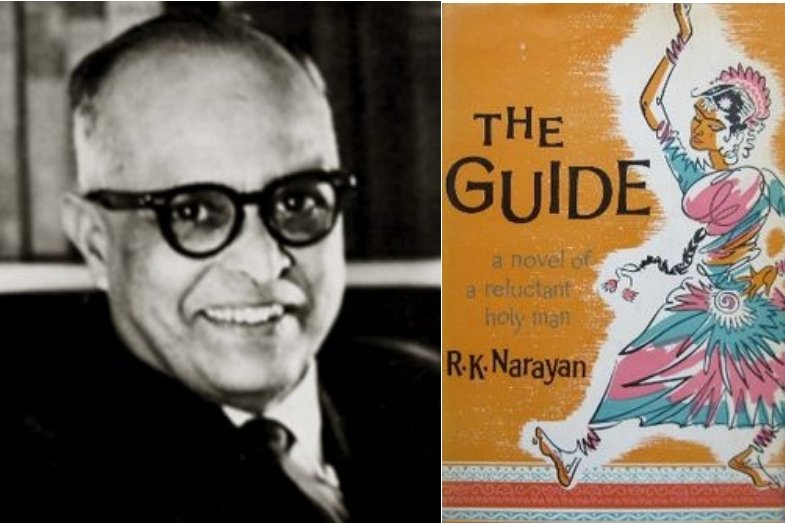
.jpg)

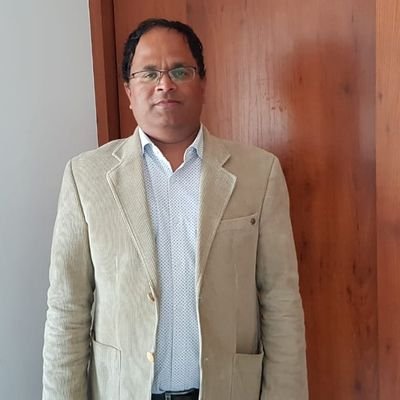

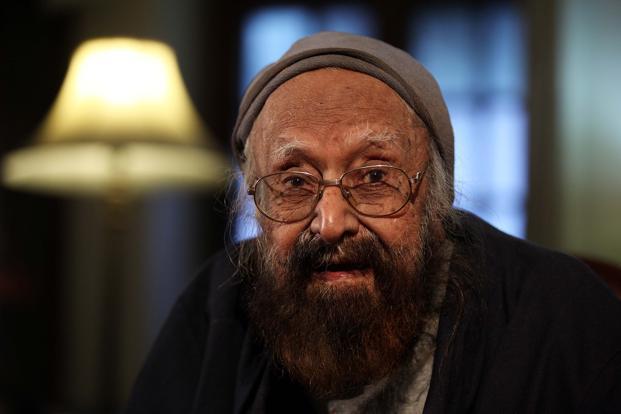
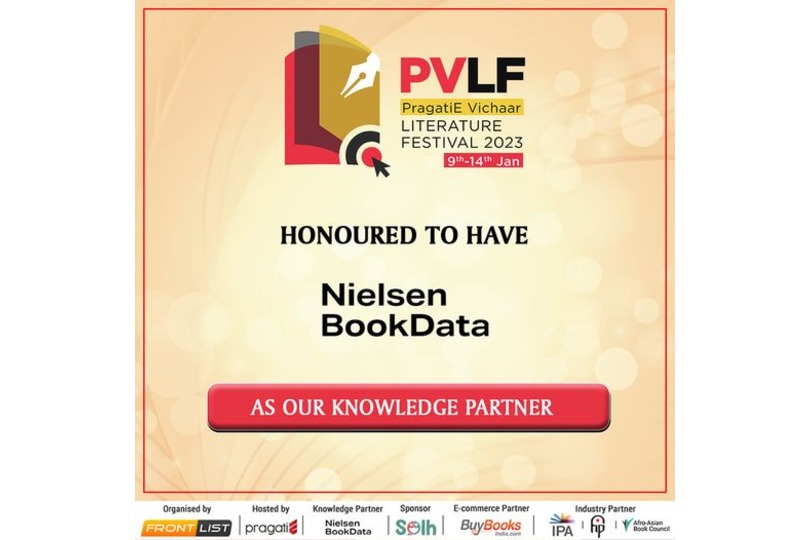
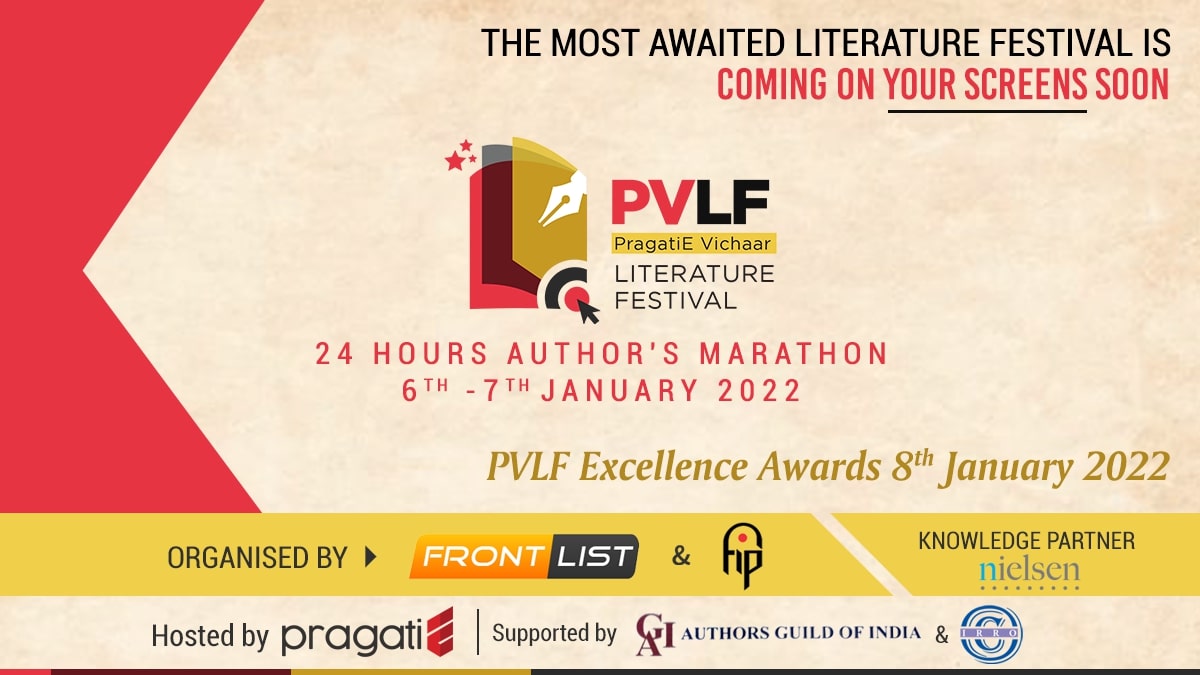
.jpg)

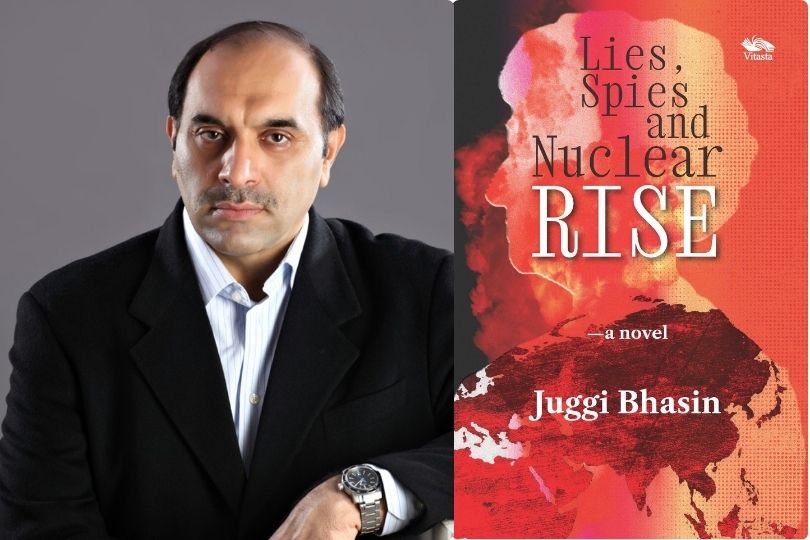
.jpg)
.jpg)
.jpg)
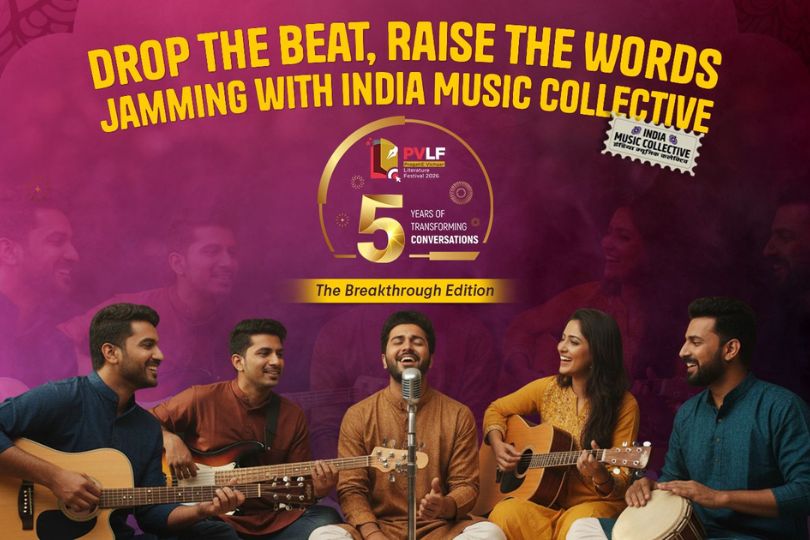
.jpg)
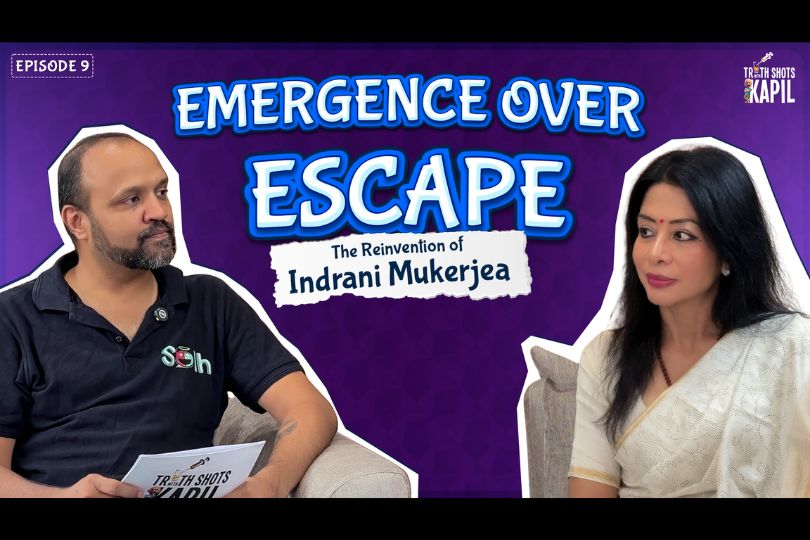
.jpg)
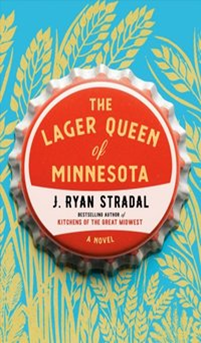
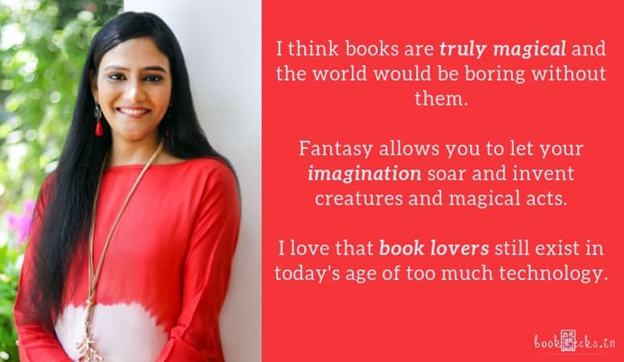
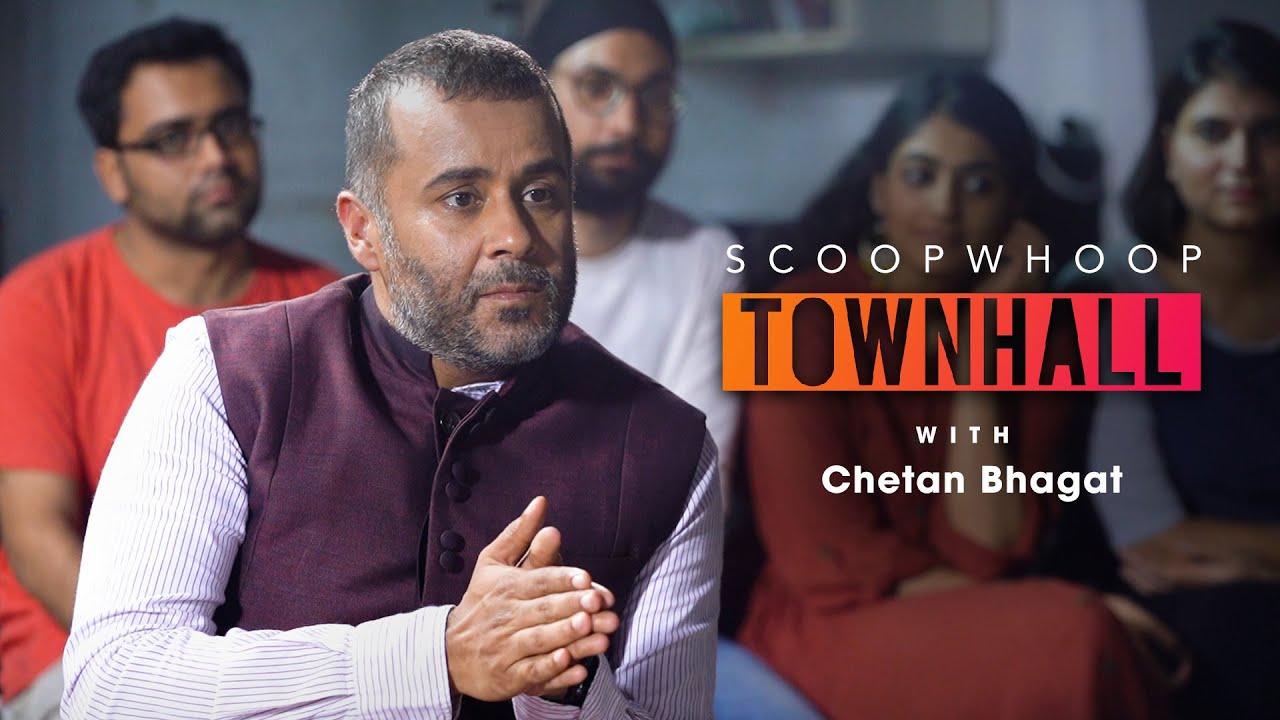
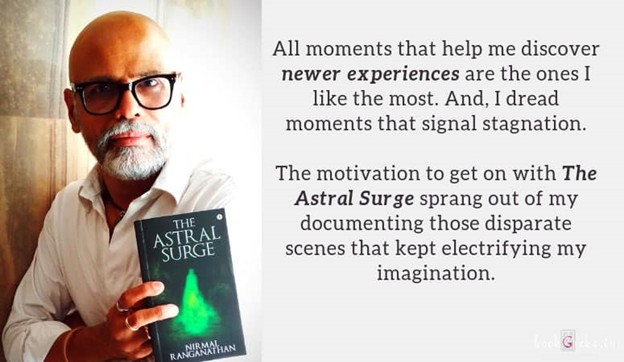
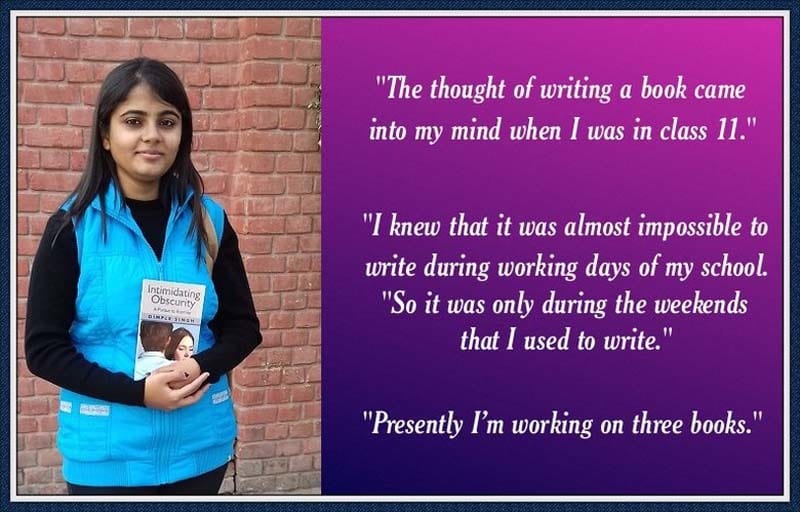
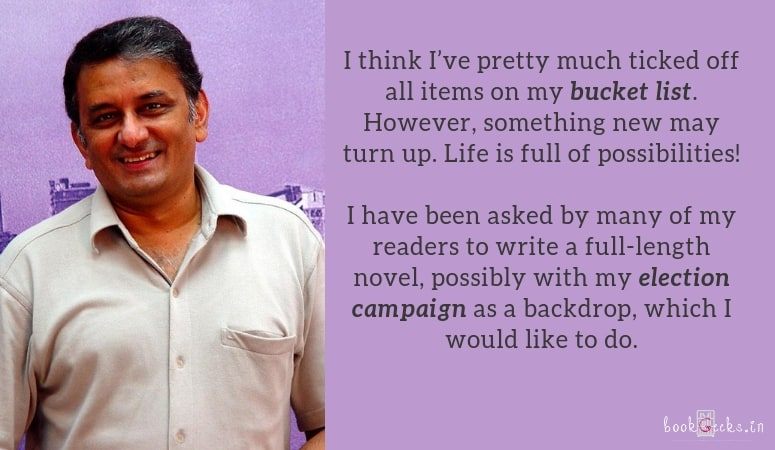
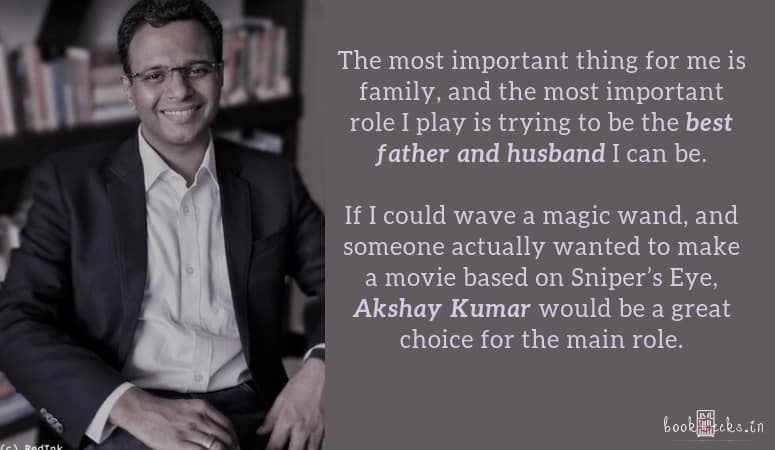
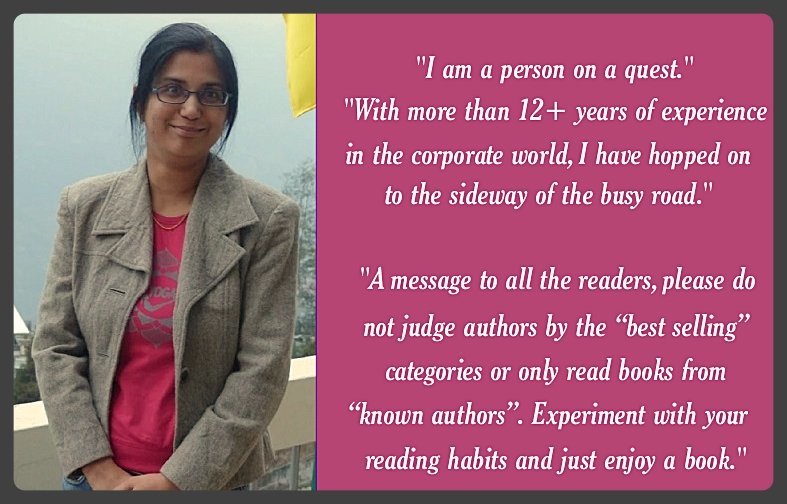

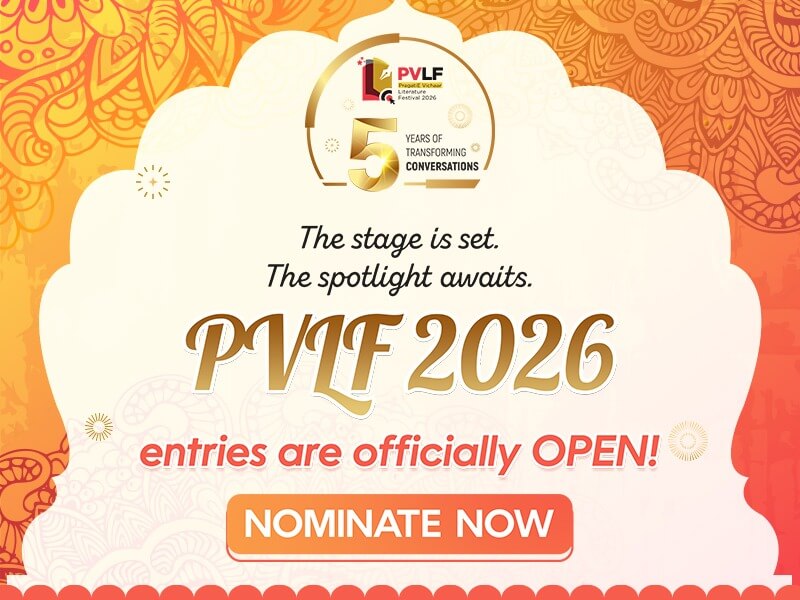
Sorry! No comment found for this post.